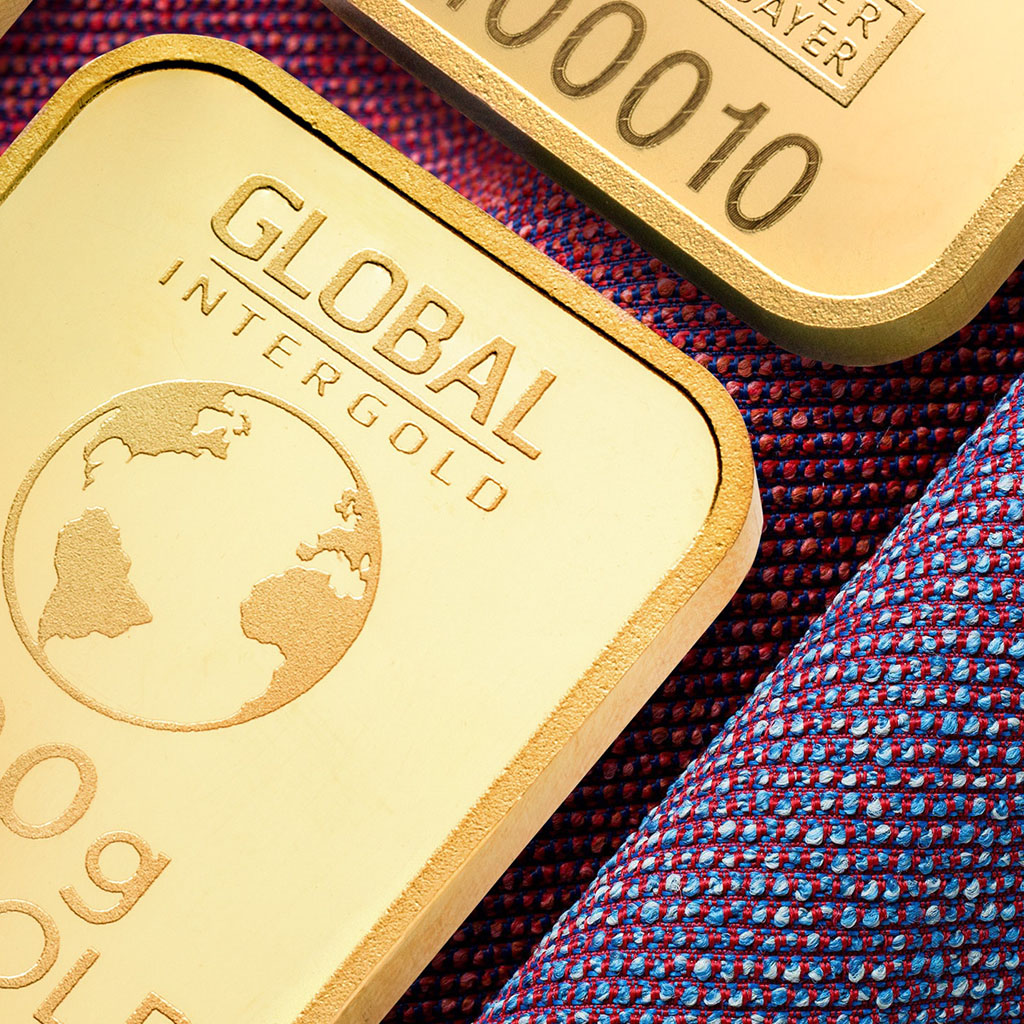The price of gold has been a topic of interest and speculation for centuries, serving as a barometer for economic health, an investment, and a store of value across the globe. In the context of the Dutch gold market, understanding the nuances of gold pricing involves a look into both global economic indicators and local market dynamics. This article aims to dissect the multifaceted nature of gold pricing, focusing on its significance in the Netherlands and how various factors play into its valuation.
Understanding gold pricing
Before diving into the specifics of the Dutch market, it's crucial to grasp the basics of how gold pricing works. The price of gold is primarily set in the London gold market and is influenced by supply and demand dynamics, geopolitical stability, inflation rates, currency values, and investment trends. Additionally, gold prices are quoted in U.S. dollars per troy ounce on major commodities exchanges, such as the New York Mercantile Exchange (NYMEX) and the London Bullion Market Association (LBMA).
The Dutch perspective
In the Netherlands, the price of gold is closely watched by investors, collectors, and financial analysts alike. The Dutch have a long history of valuing gold, not just as a form of currency but also as a symbol of wealth and stability. Today, the interest in gold extends beyond personal collections to include retirement portfolios and hedge investments against inflation and economic downturns.
Historical context
The Dutch Golden Age, a period in the 17th century, saw the Netherlands emerge as a world leader in trade, science, military, and art. This era laid the groundwork for the Dutch fascination with gold, as it symbolized the country's prosperity and global dominance. Fast forward to modern times, the legacy of valuing gold remains embedded in the Dutch culture and economy.
Economic indicators and gold pricing
The Dutch economy, known for its stable banking sector, significant international trade, and a robust pension system, influences how gold is perceived and priced. Economic indicators such as GDP growth, inflation rates, and the Euro's strength against the U.S. dollar directly impact gold prices. For instance, a weaker Euro might lead to higher gold prices as investors look for safe-haven assets to protect their wealth.
Investment trends in the Netherlands
The Dutch market shows a keen interest in gold investment, with options ranging from physical gold, such as coins and bullion, to gold exchange-traded funds (ETFs) and digital gold products. Investors often turn to gold during times of economic uncertainty or when looking to diversify their investment portfolios. The ease of buying and selling gold in the Netherlands, coupled with a transparent and secure market, makes it an attractive option for both seasoned and novice investors.
Global influences on Dutch gold prices
While local market dynamics play a significant role, the Dutch gold market is not insulated from global events. International geopolitical tensions, global economic trends, and changes in major gold-producing countries can all influence gold prices in the Netherlands. For example, an increase in geopolitical tensions in the Middle East or uncertainties in the U.S. economy can drive up gold prices globally, including in the Dutch market.
The future of gold pricing in the Netherlands
Predicting the future price of gold is challenging, given its susceptibility to a wide range of unpredictable factors. However, considering the ongoing global economic uncertainties, the interest in gold as a safe-haven asset is likely to remain strong among Dutch investors. Additionally, technological advancements and the growing popularity of digital gold products could further democratize gold investment, making it more accessible to a broader audience.
Conclusion
The price of gold in the Netherlands is a complex interplay of global and local factors. From its historical significance during the Dutch Golden Age to its role in modern investment portfolios, gold continues to hold a special place in the Dutch economy and culture. Understanding the multifaceted nature of gold pricing requires not just a look at current economic indicators but also a deep dive into historical, geopolitical, and societal trends. As the world navigates through economic uncertainties, the allure of gold as a stable and valuable asset is unlikely to wane, cementing its status as a coveted commodity in the Dutch market and beyond.







